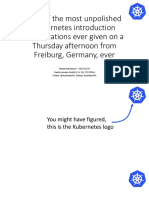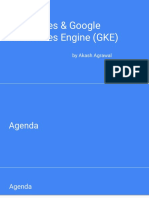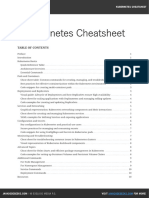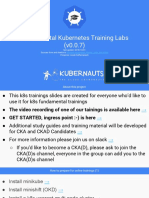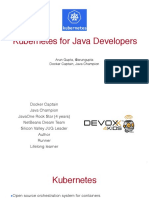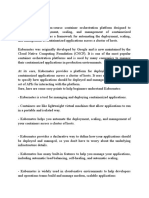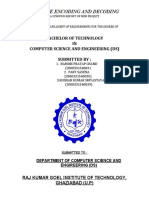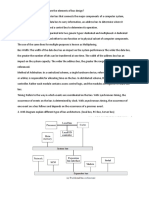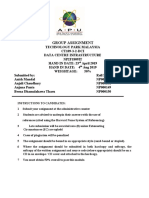0% found this document useful (0 votes)
58 views3 pagesIntroduction to Google Kubernetes Engine
GKE (Google Kubernetes Engine) is Google's managed Kubernetes platform that allows users to deploy and scale containerized applications. It consists of a control plane that manages worker nodes, which run application pods. The control plane has components like the API server and etcd database. Common workload types deployed on GKE include stateless applications, stateful applications using persistent storage, batch jobs, and daemon processes.
Uploaded by
Katherine SmithCopyright
© © All Rights Reserved
We take content rights seriously. If you suspect this is your content, claim it here.
Available Formats
Download as TXT, PDF, TXT or read online on Scribd
0% found this document useful (0 votes)
58 views3 pagesIntroduction to Google Kubernetes Engine
GKE (Google Kubernetes Engine) is Google's managed Kubernetes platform that allows users to deploy and scale containerized applications. It consists of a control plane that manages worker nodes, which run application pods. The control plane has components like the API server and etcd database. Common workload types deployed on GKE include stateless applications, stateful applications using persistent storage, batch jobs, and daemon processes.
Uploaded by
Katherine SmithCopyright
© © All Rights Reserved
We take content rights seriously. If you suspect this is your content, claim it here.
Available Formats
Download as TXT, PDF, TXT or read online on Scribd
/ 3























